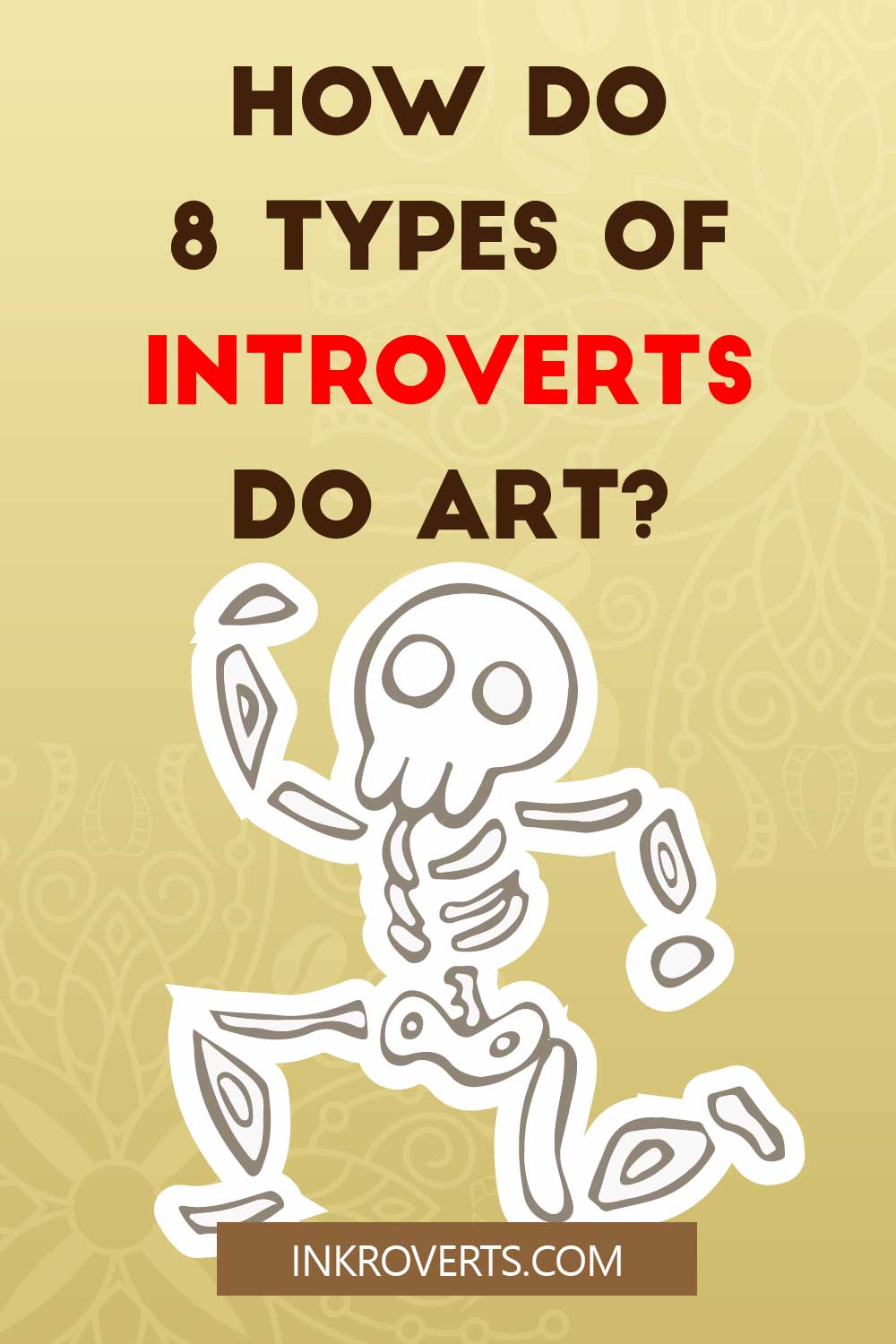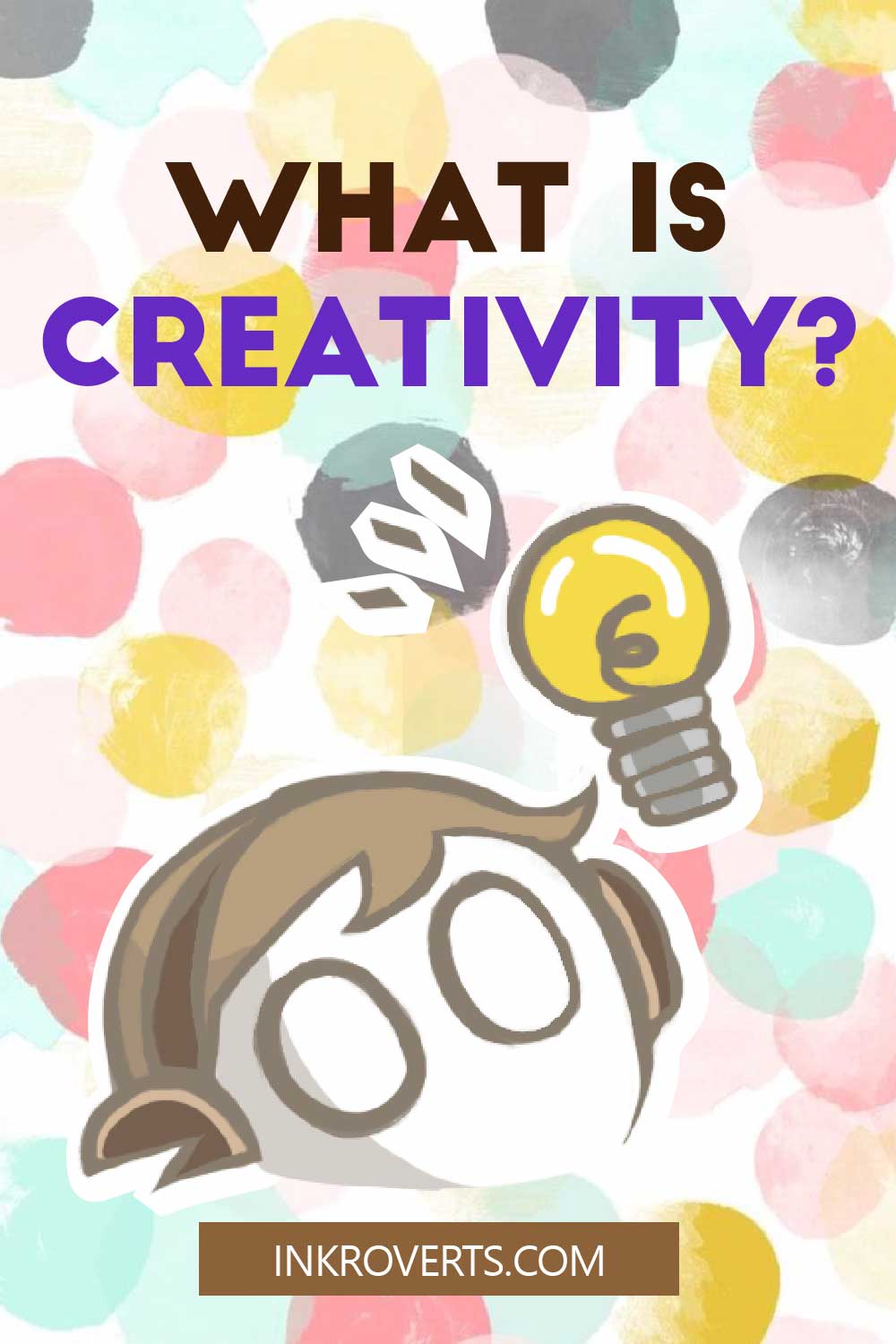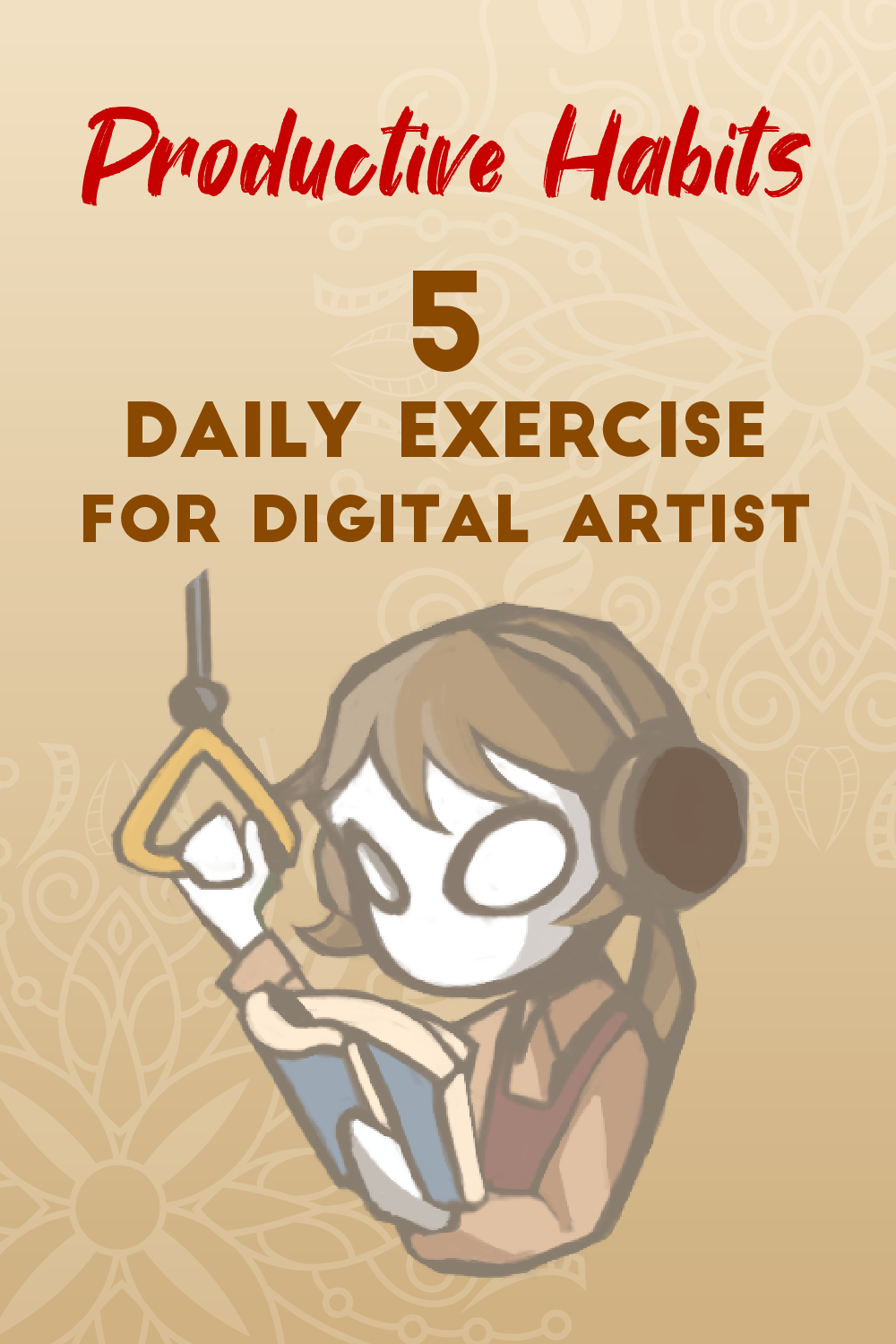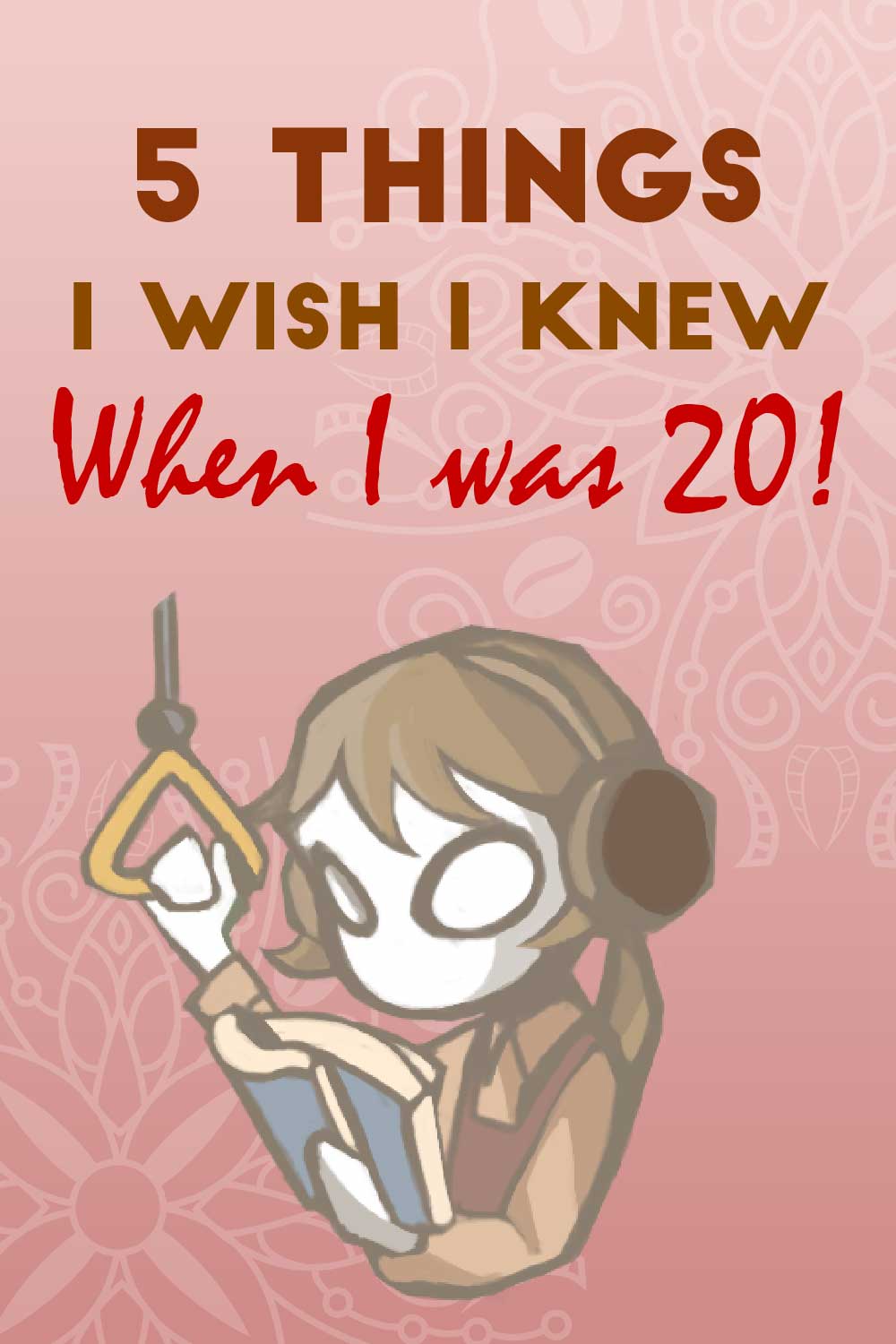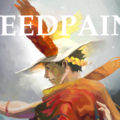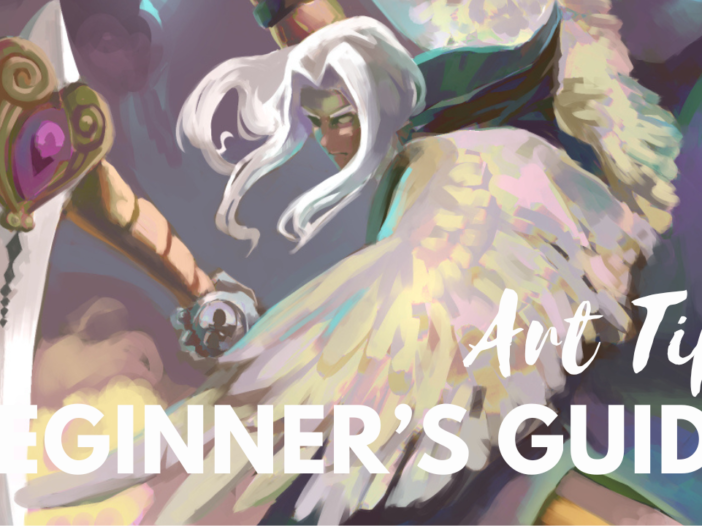
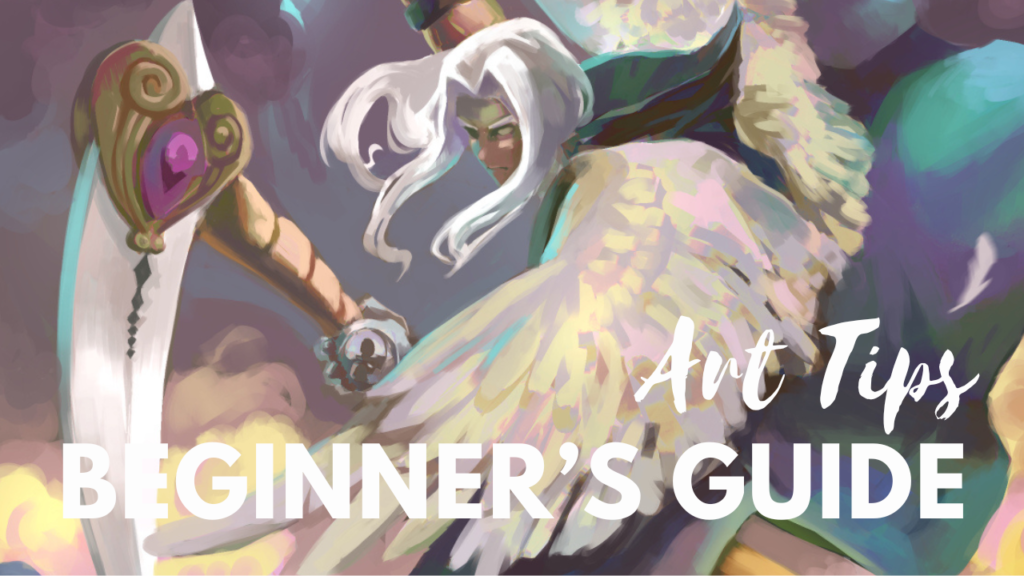
Digital art has become increasingly popular in recent years, with more and more artists embracing the digital medium to create stunning and captivating artwork. Whether you’re a beginner or an experienced artist looking to delve into the world of digital art, this guide is here to provide you with 12 essential tips to help you get started and improve your skills. From choosing the right software to mastering different techniques, we’ve got you covered. So, let’s dive in!
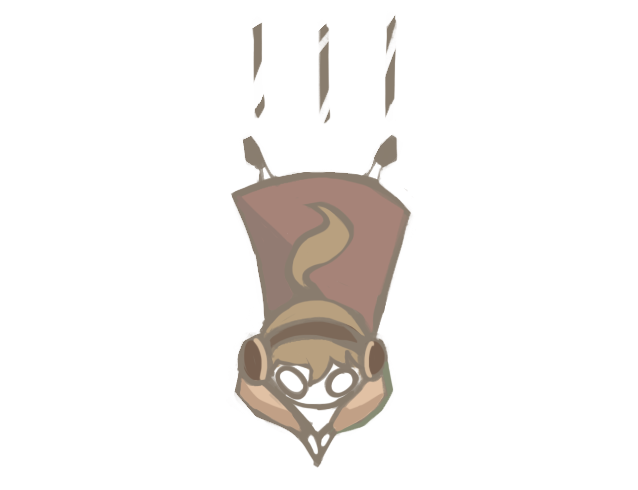
Table of Contents
1. Choose the Right Software
When it comes to digital art, choosing the right software is crucial. There are numerous options available, each with its own set of features and capabilities. Some popular choices among digital artists include Adobe Photoshop, Corel Painter, and Procreate. Take the time to research and try out different software to find the one that suits your needs and preferences. Popular starting points include:
Procreate (iOS): Highly intuitive for iPad drawing and painting
Krita (Windows, macOS, Linux): Free and versatile painting program
Adobe Photoshop: Industry standard for raster image editing
Adobe Illustrator: Powerful vector graphics and illustration tool
Clip Studio Paint: Affordable painting and illustration hybrid
2. Invest in a Graphics Tablet
While you can create digital art using a mouse, investing in a graphics tablet can greatly enhance your experience and control. Graphics tablets allow you to draw directly on the screen, providing a more natural and intuitive drawing experience. Look for a tablet that offers pressure sensitivity and a comfortable drawing surface.
3. Master the Basics of Digital Painting
Before diving into complex techniques, it’s important to master the basics of digital painting. Familiarize yourself with the different brushes, layers, and blending modes available in your chosen software. Practice creating simple shapes, shading, and adding highlights to get a feel for the digital painting process.
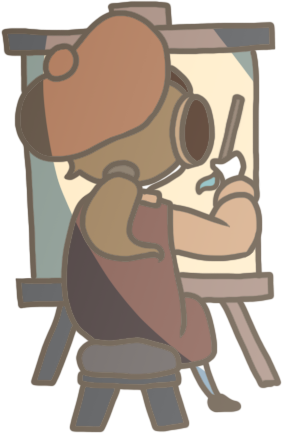
4. Experiment with Different Brushes
One of the advantages of digital art is the vast array of brushes and tools available. Experiment with different brush types, such as textured brushes, airbrushes, and watercolor brushes, to achieve different effects and textures in your artwork. Don’t be afraid to explore and find brushes that suit your style.
5. Learn from Online Tutorials and Courses
The internet is a treasure trove of resources for digital artists. Take advantage of online tutorials and courses to learn new techniques, explore different styles, and gain inspiration from other artists. Websites like YouTube, Udemy, and Skillshare offer a wide range of digital art tutorials and courses for artists of all skill levels.
6. Study Traditional Art Techniques
While digital art has its unique characteristics, studying traditional art techniques can greatly enhance your digital artwork. Take the time to study and practice traditional drawing and painting techniques, such as composition, color theory, and perspective. Understanding these fundamentals will help you create more realistic and visually appealing digital art.
7. Utilize Layers for Added Flexibility
Layers are a powerful tool in digital art that allow you to work on different elements of your artwork separately. Use layers to separate the background, foreground, and various elements of your composition. This will give you more flexibility in making changes and adjustments without affecting the entire artwork.

8. Practice Regularly
As with any skill, practice is key to improving your digital art skills. Set aside dedicated time each day or week to practice and experiment with different techniques. Consistency is key, and the more you practice, the better you’ll become. Challenge yourself to try new things and push your boundaries.
9. Build a Supportive Online Community
Isolation negatively impacts creativity. Connect with others through relevant forums, communities, patronage platforms and professional groups. Ask questions of more experienced members and pay supportive behaviors forward to new arrivals. Collaborate on ambitious, multi-disciplinary projects stretching individual skills. Offer creative feedback and critiques to peers through respectful discussions. Consider starting or co-managing online hubs centralizing helpful resources, career advice and inspiration for your niche. Community fosters mutual learning and growth while cultivating new opportunities.
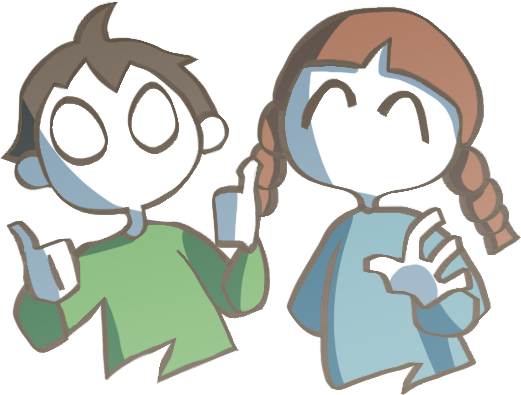
10. Seek Feedback and Critique
Don’t be afraid to seek feedback and critique from fellow artists or online communities. Constructive criticism can help you identify areas for improvement and refine your skills. Join online art communities or forums where you can share your work and receive valuable feedback from other artists. This feedback can provide fresh perspectives and insights that can take your artwork to the next level.
11. Stay Inspired and Experiment
To keep growing as a digital artist, it’s important to stay inspired and continue experimenting with different styles, techniques, and subject matters. Explore different genres of art, follow other artists on social media platforms, visit art galleries, and immerse yourself in the art world. Allow yourself to take risks and step out of your comfort zone to discover new possibilities and push the boundaries of your creativity.
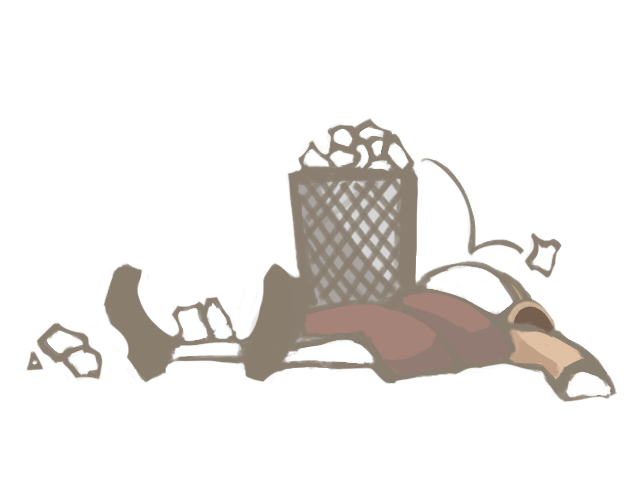
12. Embrace the Learning Curve
All digital artists experience an initial learning curve as they become familiar with new programs and develop their digital skills. Give yourself permission to experiment freely without judgment in the early stages. Recreating works by artists you admire can help develop technical proficiency while avoiding the pressure of making original creations too soon. Focus first on learning the essential tools and functions instead of producing finished pieces. With consistent practice over time, you will gain confidence and find your creative flow. Accept that skill development is a marathon, not a sprint.
Frequently Asked Questions (FAQ)
- Q: What is the best software for digital art?
- A: The best software for digital art depends on your personal preferences and needs. Some popular options include Adobe Photoshop, Corel Painter, and Procreate.
- Q: Do I need a graphics tablet to create digital art?
- A: While it is possible to create digital art using a mouse, investing in a graphics tablet can greatly enhance your experience and control.
- Q: How can I improve my digital painting skills?
- A: To improve your digital painting skills, practice regularly, experiment with different techniques and brushes, seek feedback from other artists, and continue learning through online tutorials and courses.
- Q: Can traditional art techniques be applied to digital art?
- A: Yes, studying traditional art techniques, such as composition, color theory, and perspective, can greatly enhance your digital artwork and make it more visually appealing.
- Q: How can I find inspiration for my digital art?
- A: To find inspiration for your digital art, explore different genres of art, follow other artists on social media, visit art galleries, and immerse yourself in the art world. Allow yourself to experiment and take risks to discover new possibilities.
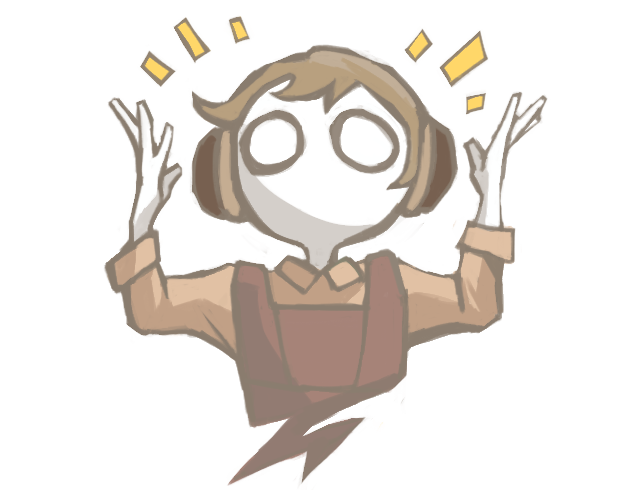
Conclusion
Digital art offers endless possibilities for creativity and self-expression. By following these 10 essential tips, beginners can kickstart their digital art journey and experienced artists can further refine their skills. Remember to choose the right software, invest in a graphics tablet, master the basics, experiment with different brushes, learn from online tutorials, study traditional art techniques, utilize layers, practice regularly, seek feedback, and stay inspired. Embrace the digital medium and let your imagination soar as you create stunning and captivating digital artwork. Happy creating!
